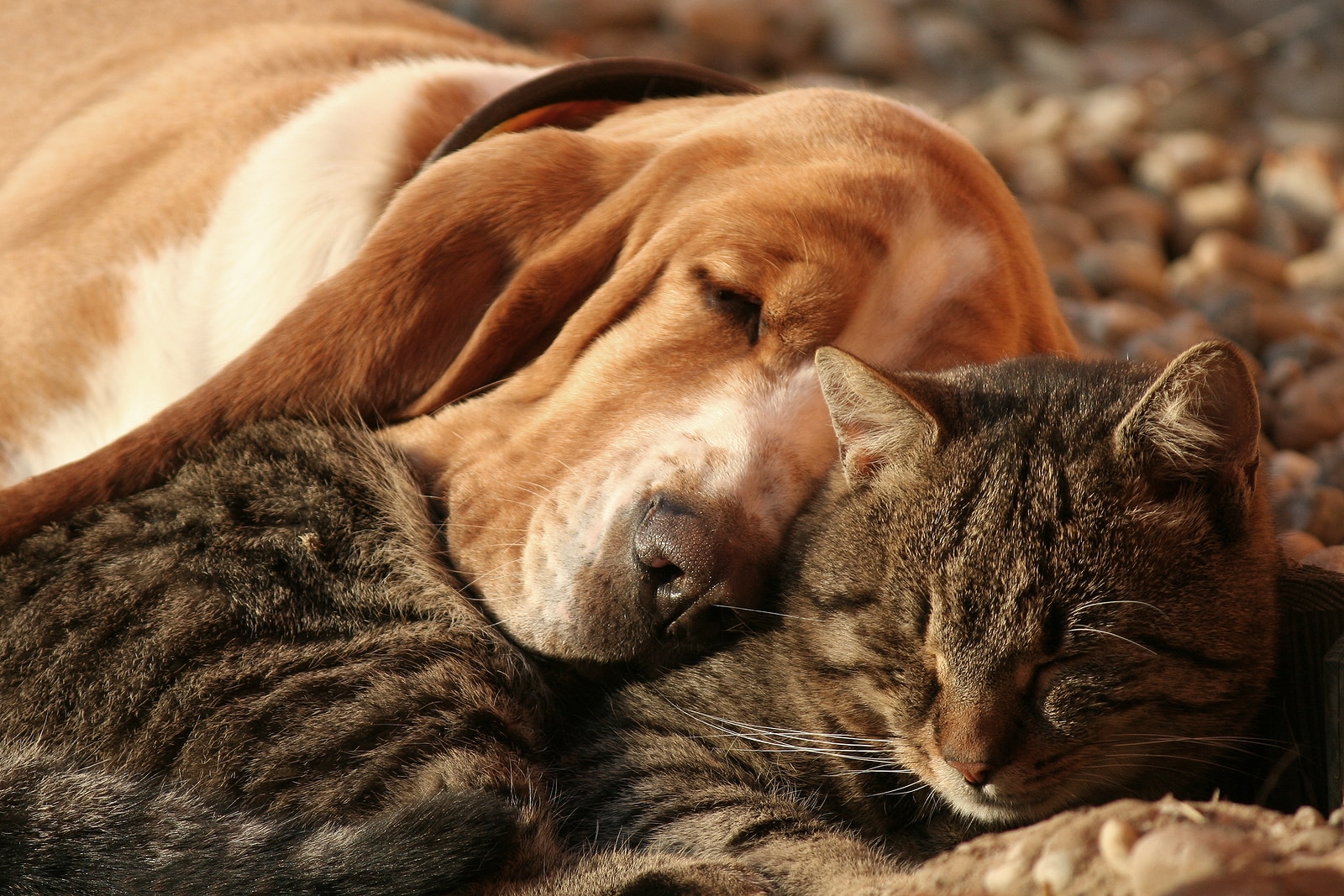Introduction

Corinne and Diana have decided that they are going to become owners of exactly \(n \in \mathbb{N}\) pets. Corinne loves cats, but Diana is devoted to dogs. They decide that, in order to adopt each of their \(n\) new pets, they are going to flip a coin that has probability of heads equal to \(p\). If the coin comes up heads, then they will adopt a cat; if the coin comes up tails, they will adopt a dog. The coin flips are independent – the outcome of one flip never impacts the outcome of the next.
Part A
Suppose that \(n = 3\) and \(p = \frac{1}{2}\). Let \(A\) be the event that Corinne and Diana adopt at most one cat. Let \(B\) be the event that Corinne and Diana have both kinds of pet (i.e. at least one cat and at least one dog).
- Find \(p(A)\), \(p(B)\), and \(p(A|B)\).
- Are the events \(A\) and \(B\) independent?
Part B
Oh no! Corinne and Dianna have been given a rigged coin, which comes up heads with some unknown probability \(p\). Define the events \(A\) and \(B\) as in Part A.
- Find \(p(A)\) in terms of \(p\).
- Find \(p(B)\) in terms of \(p\).
- Hint: The easiest way to do this is to compute the probability of the event of having no cats, and the probability of the event of having no dogs. Then, combine these using a probability rule to get \(p(B)\).
- Find \(p(A \cap B)\) in terms of \(p\). Note that this is the event that Corinne and Diana adopt exactly one cat.
- Find \(p(A|B)\) in terms of \(p\).
- Write down an equation in terms of \(p\) that must be true for the events \(A\) and \(B\) to be independent. You do not need to solve the equation.
Part C
Suppose now that Corinne and Diana are going to adopt \(n\) pets, where \(n\) is some natural number. They are still using a weighted coin with probability of heads equal to \(p\). Define the events \(A\) and \(B\) as in Part A:
- Event \(A\) is that Corinne and Diana adopt at most one cat.
- Event \(B\) is the event that Corinne and Diana adopt at least one cat and at least one dog.
Compute \(p(A)\), \(p(B)\), and \(p(A\cap B)\), and \(p(A|B)\).
Hints:
- For \(A\), compute the probability of the event that Corinne and Diana adopt zero cats, then the probability that they adopt exactly one cat.
- For \(B\), first compute the probability that Corinne and Diana adopt zero cats (all dogs), and then the probability that they adopt zero dogs (all cats).
- For \(A \cap B\), note that this event requires exactly one cat. Imagine that we pick this cat first. Then, from the remaining \(n-1\) pets, all of them must be dogs.
Part D
Under the same conditions as in Part C, compute a formula for the probability that Corinne and Diana adopt exactly \(k\) cats.
Hint: Your final formula should involve our friend the binomial coefficient!
© Phil Chodrow, 2024